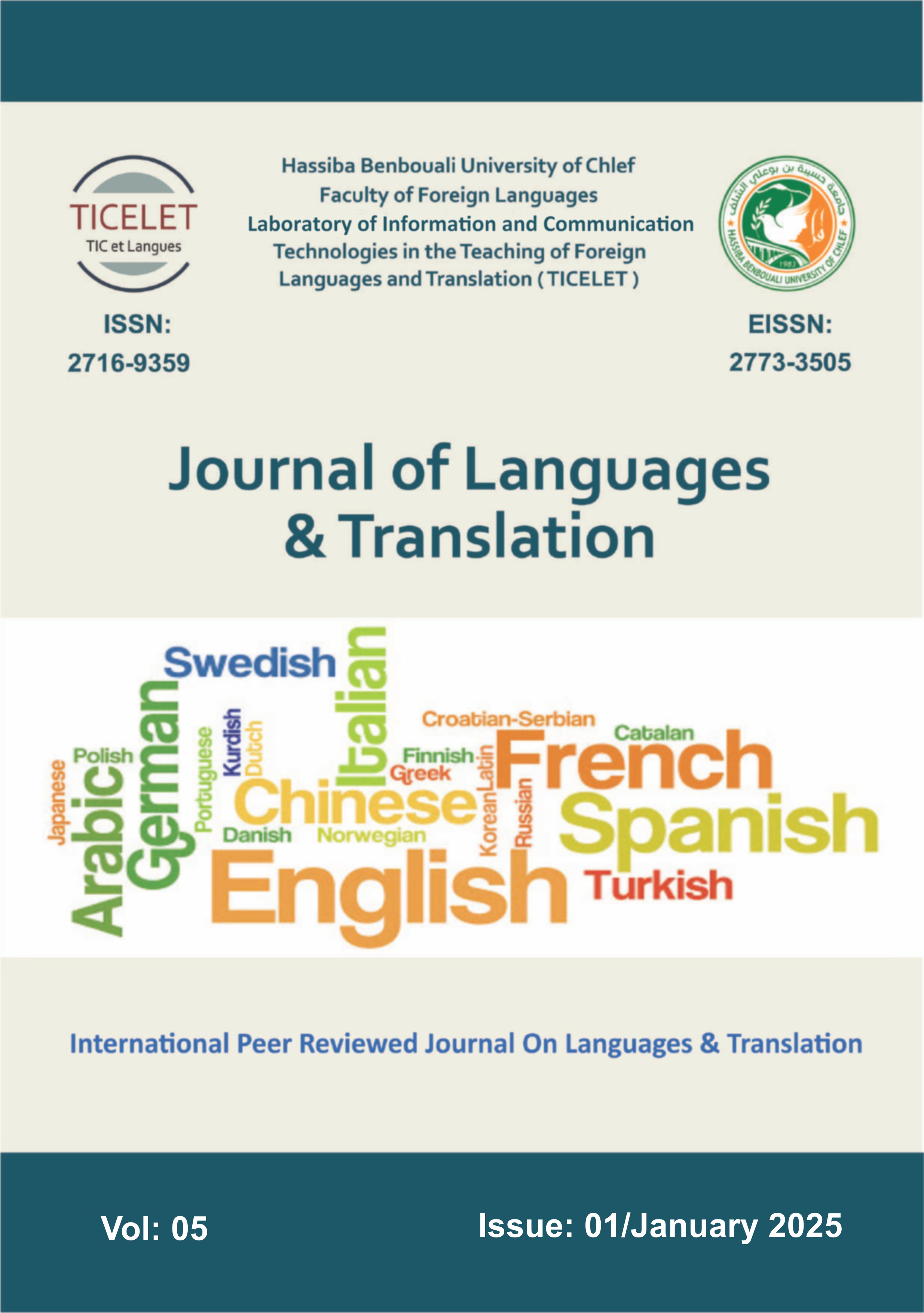The Pace of Delivery in Conference Interpreting for Trainees or the Art of Shifting Gears
DOI :
https://doi.org/10.70204/jlt.v5i1.451Mots-clés :
Conference interpreting, Speech rate, Challenges, Comprehension, ImplicationsRésumé
Conference interpreting, originating from the need for real-time multilingual translation in international meetings, traces back to successful trials in the late 1920s; notably highlighted during the Nuremberg Trials post-World War II. Initially implemented by international organizations like the International Labour Organization, it quickly gained adoption due to its efficiency in saving time and resources. While commonly associated with prestigious institutions like the UN and EU, many countries collaborate with international organizations for conferences requiring interpreting services. Noteworthy is the strict time management observed during these events, leading to accelerated speech rates and the prevalence of impromptu speeches. These characteristics, such as fast-paced, accented, and read speech, present challenges for interpreters, particularly in simultaneous interpretation. The paper explores these features' impact on language processing, emphasizing speech rate's effects on comprehension and interpreting. Despite the acknowledged challenges, there's a gap in research quantifying the additional cognitive load on interpreters and its implications for comprehension. The study targets trainee interpreters, aiming to provide insights into addressing these challenges in laboratory settings.












